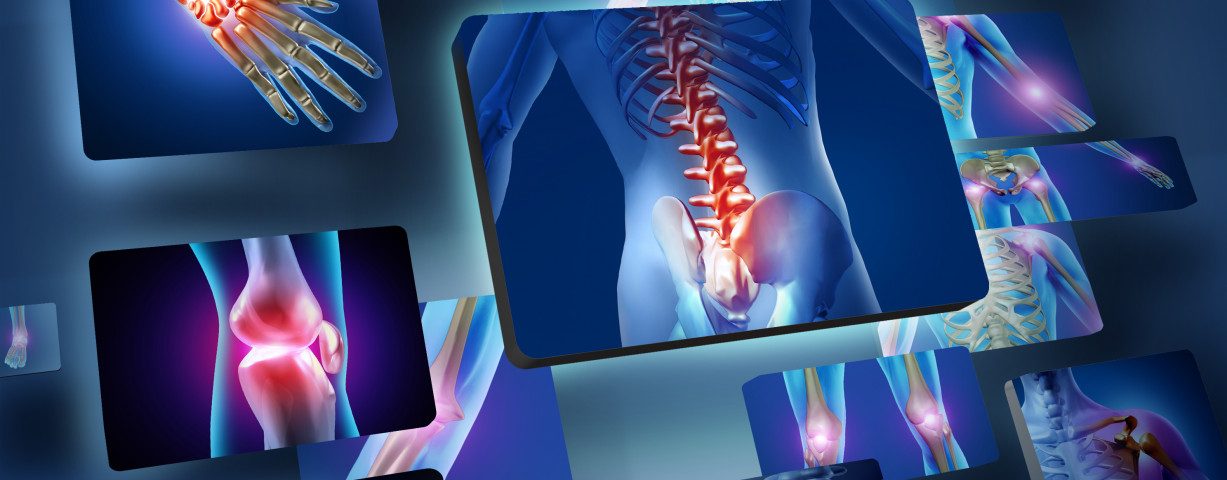Abnormalities detected by joint ultrasound can be strong predictors of relapse in clinically inactive patients with juvenile idiopathic arthritis (JIA), a study suggests.
Researchers found that patients who had positive ultrasounds for subclinical abnormalities were at four times greater risk of experiencing an arthritis relapse.
The study, “Baseline ultrasound examination as possible predictor of relapse in patients affected by juvenile idiopathic arthritis (JIA),” was published in the journal Annals of the Rheumatic Diseases.
There is a great need for methods capable of predicting relapses in JIA patients.
A previous study suggested that subclinical synovitis — inflammation of the synovial (joint-lining) membrane — detected by ultrasound can be a good predictor of relapse in JIA patients in remission. Ultrasound can actually be more sensitive in detecting joint inflammation than clinical evaluation.
To investigate the power of ultrasound in predicting relapses, researchers examined 88 JIA patients, with a mean age of 10. Patients had persistent oligoarthritis (52 percent), extended oligoarthritis (17 percent), rheumatoid factor-negative polyarthritis (17 percent), or other forms of JIA (14 percent).
A total of 44 joints per patient were scanned at the study’s start for synovial hyperplasia (cell proliferation), joint effusion, and power Doppler signal. All participants had been clinically inactive for at least three months, and were followed for a period of four years.
Most patients were receiving medication at the beginning of the study, including intra-articular and oral steroids, methotrexate, and biological therapies.
Results showed that in 22.7% of the patients analyzed (20 out of 88) and in about 1% of all scanned joints (38 out of 3,872), the ultrasound examination was abnormal.
Extended oligoarthritis and rheumatoid factor-negative polyarthritis were almost three times more prevalent in patients who were ultrasound-positive than those who weren’t (35% vs. 11.8%, and 30% vs. 13.2%, respectively).
Out of all 88 patients, 41 (46.6%) had an arthritis flare during the four-year follow-up. The risk of a flare was 3.8 times higher in ultrasound-positive patients than in those with a negative ultrasound. Among patients with a positive ultrasound, a relapse occurred in 75%, compared with only 38.2% ultrasound-negative patients.
Medication did not affect the higher risk of flare in patients with a positive ultrasound.
In line with these results, the probability of maintaining remission at year one was much higher in ultrasound-negative than in ultrasound-positive patients — 94.1% versus 55%.
Surprisingly, researchers found that some joint sites in which an arthritis relapse occurred were different from those detected by ultrasound at the beginning. The team hypothesized that this might be because ultrasound-detected synovitis identifies patients with a higher level of systemic inflammation that can lead to damage in other joints over time.
The study supports ultrasound detection of subclinical synovitis as a measure for predicting arthritis relapses in JIA.
“US [ultrasound] abnormalities are a strong predictor of relapse at individual patient level. Irrespective of treatment, the risk of flare in US-positive versus US-negative patients was almost four times higher,” the researchers said.
“In case of positive US, a follow-up should be carried out … because of the high probability of relapse (75%), while a negative result does not rule out the risk,” they concluded.

